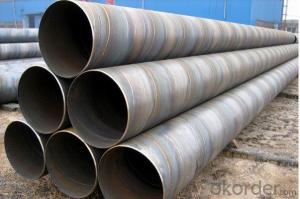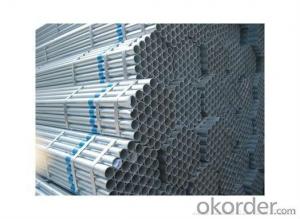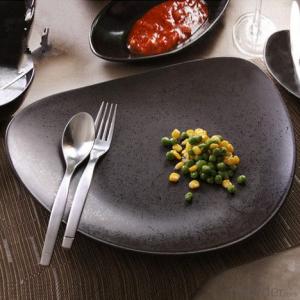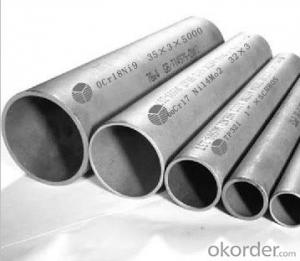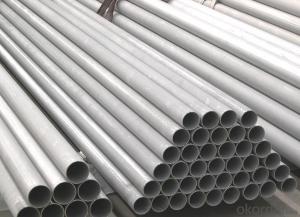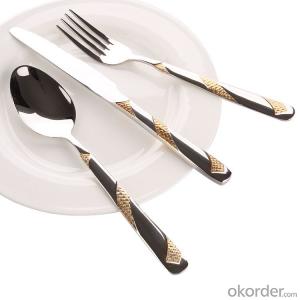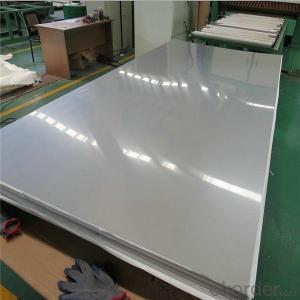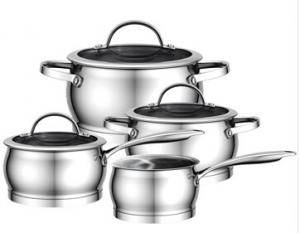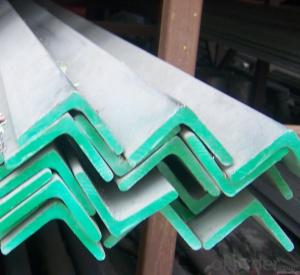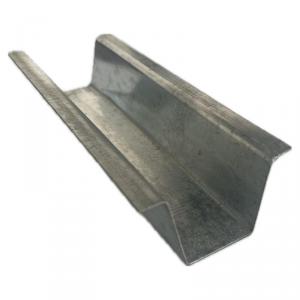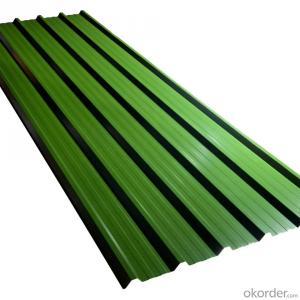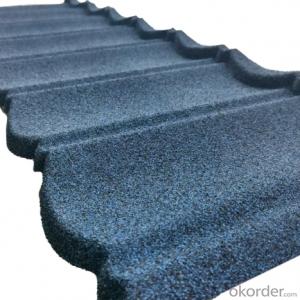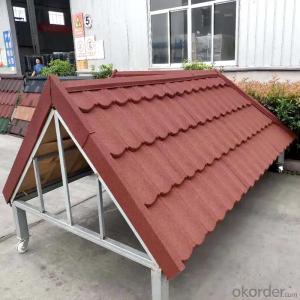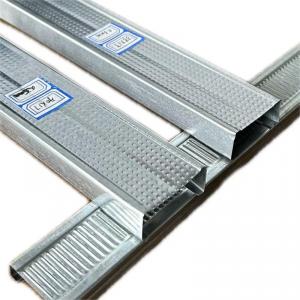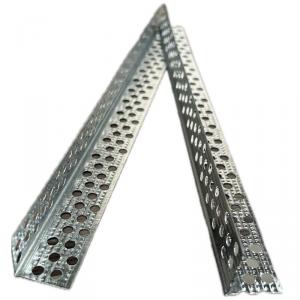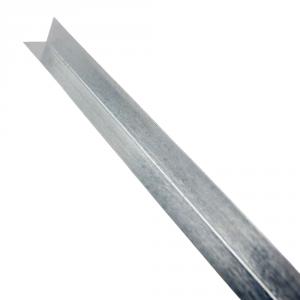Austenitic Stainless Steel
Austenitic Stainless Steel Related Searches
Martensitic Stainless Steel Ferritic Stainless Steel Anodized Stainless Steel Patinated Stainless Steel Ap Stainless Steel Stainless Steel Stainless Custom Stainless Steel Density Stainless Steel Stainless Steel Hardware Dark Stainless Steel Colored Stainless Steel Stainless Steel Wholesale Non Magnetic Stainless Steel Metal Stainless Steel A4 Stainless Steel Quilted Stainless Steel Magnetic Stainless Steel Matte Stainless Steel Smoking Stainless Steel Painted Stainless Steel Stainless Steel Rusting Forever Stainless Steel Monochromatic Stainless Steel Hardened Stainless Steel Laser Cut Stainless Steel Satin Stainless Steel Stainless Steel Barstools Welded Stainless Steel Stainless Steel Ap Cast Stainless SteelAustenitic Stainless Steel Supplier & Manufacturer from China
Austenitic Stainless Steel is a versatile group of stainless steels that are characterized by their high chromium and nickel content. These alloys exhibit excellent corrosion resistance, formability, and weldability, making them ideal for a wide range of applications. Austenitic Stainless Steel is commonly used in various industries, including construction, automotive, aerospace, and food processing, due to its ability to withstand harsh environments and maintain its structural integrity.The usage scenarios for Austenitic Stainless Steel are vast, as it is known for its superior strength and resistance to corrosion. This makes it a popular choice for applications such as chemical processing equipment, heat exchangers, and piping systems. Additionally, its non-magnetic properties and high-temperature resistance make it suitable for use in electrical and electronic components, as well as in high-temperature environments where other materials may fail.
Okorder.com is a leading wholesale supplier of Austenitic Stainless Steel, offering a comprehensive inventory to cater to the diverse needs of various industries. With a commitment to quality and customer satisfaction, Okorder.com ensures that customers receive the highest grade of Austenitic Stainless Steel at competitive prices. This extensive inventory allows customers to find the specific grade and specification of Austenitic Stainless Steel that best suits their project requirements, making Okorder.com a reliable and trusted source for this essential material.
Hot Products
